Proliferation of Digital Images across the internet has given rise to more systemise and effective image restoration methods. Process of image restoration involves procuring noise free original image from a corrupted noisy image. This process of image restoration is crucial in many areas such as satellite imaging, astronomical image & medical imaging where degraded images need to be repaired. This paper provides a review of various Denoising Techniques in Image Restoration
Keywords |
| Denoising Technique, Image Restoration, Image Filtering, Gaussian Noise, Salt and Pepper Noise, Speckle Noise |
INTRODUCTION |
| In information age also known as computer age or digital age, visual knowledge and material is often transmitted in the form of digital images. A digital image can be describe as two dimensional image as a finite set of discrete values, known as picture elements or pixels. Pixel ideals typically represent grey levels, colors, heights, opacities etc. Image Processing is the analysis of a picture using different techniques that can identify relationships ,shades and colors that cannot be perceived by the human eye. Image processing is a way to change an image into digital form and implement some operations on it, in order to get an image with increased quality or to obtain some useful information from it. Noise is addition of unrequired components in the image that degrades the visual quality of an image. This undesired constituent needs to be removed before the process of retrieving the original image is to be start. In some case when the images are sent by the sender, images get corrupted with undesirable noise & unwanted elements after transmission. In some cases noise gets intruded in the image at the time of acquisition. Thereby receiver in many cases receives images with diminished quality. Therefore images received requires processing before they can be used in various applications. Image restoration or denoising is required, to make a visually high quality image which include the process of changing, correcting, or moving of the image data to produce noise free image. The several reasons due to which an image can reduce its quality or get corrupted are -motion between camera and object, improper opening of the shutter, atmospheric disturbances, misfocusing etc. In this paper restoring of images which contain noise is defined by studying the actions of different filters such as mean filter, median filter and adaptive filter. In this paper section II describes Types Of Noises, section III describes Denoising technique, section IV describes Nearest neighbor Algorithm, section V describes Contrast and Saturation. |
RELATED WORK |
| According to [13] The work with blurred image resolving in imaging in signals and image it works on the basis of making group of the blurring group using solution of heat equation. This section set intersect each orbit. Images blurred images are brought to same level of blur using a proper matrix is invariant to the level of blur chosen for comparison |
| There is a limit constraint up to which the algorithms could work in successfully clearing blur. According to [14] A image restoration method based on blind image deconvolution with PCA the method proposed increases the performance it rating PCA restoration algorithm. Robustness against noise and boosting high frequency components are the suggested future works. This process is time consuming and not very efficient in restoration also. According to [15] Sparsification of blurred image and blue kernel simultaneously is being proposed in this paper the author is proposing a double discreet wavelet transform for blur processing the future applications of DDWT are removing blurred due to object velocity and defocus blur which are useful for studying objects deeply. High speed moving objects are repaired form blur in this algorithm but the color restoration is not very phenomenal in this algorithm . According to [18] , a good method to adjust the contrast by comparing different famous method and selecting the right one. Furthermore, experiments were conducted to prove the effect of contrast adjustment when restoring degraded CT images. This method of contrast adjustment while repairing is not 100% reliable and cannot be used in every situation. According to [17] Image debarring refers to procedures that attempt to reduce the blur amount in a blurry image and grant the degraded image an overall sharpened appearance to obtain a clearer image. This paper presents an altered version of Landweber, and Poisson Map algorithms by replacing the ( H* ) or ( HT ) by (H) to reduce the execution time. According to [16], A method for digital image restoration, based on the algorithm of Lagrange multipliers, has many practical applications. We apply the method to remove blur in an image caused by uniform linear motion. The field of image restoration is concerned with the reconstruction or estimation of the uncorrupted image from a blurred one. |
TYPES OF NOISES IN DIGITAL IMAGES |
| Image noise is the random variation of brightness or colour information in images produced by the sensor and circuitry of a scanner or digital camera. Image noise is considered as an undesirable by-product of image capture. The types of noises are as follows: |
| 1. Gaussian noise (Amplifier noise) - The standard model of gaussian noise is accessory. Gaussian noise is independent at each pixel and independent of the signal intensity. |
| 2. Salt-and-pepper noise - An image with salt-and-pepper noise contains dark pixels at bright regions and bright pixels at dark regions.[6] |
| 3. Speckle noise - Speckle noise is a grainy noise that intrinsic in nature. Speckle noise is a significant disturbing factor for SAR image processing.SAR is caused by unified processing of disperse signals from multiple distributed targets.[2] |
DENOISING TECHNIQUE |
| All available image restoration filters are accurate to some extent by noise, which is Random variation in data. Image analysis is easy task after noise is filtered. An engineer working in signal processing has different meaning of the term filter which requires certain operations which tell us the area of interest in the image. Image filters may be used to highlight edges that is, parts of objects in images or boundaries between objects. Filters provide better visual interpretation of images, and can also be used as a predecessor to further digital processing, such as segmentation. Image Denoising is the process of obtaining the original image from the degraded image if value of of the degrading factors is known as shown in Figure 3. It is used to eliminate the noise from the corrupted image while retaining the edges and other major detail without hampering the visual information of image. |
| In restoration process, degradation is taken to be a linear function given by the equation . |
| g(x, y)= h(x, y) * f(x, y) +n (x, y) [6] where, if g(x, y) is noise free, restoration can be done by using the inverse transfer function of h(u, v) as the restoration filter and (x, y) is the noise. |
| Two types of filtering technique- linear and Non-linear filtering techniques are discussed below: 1. Linear filters: The approach output values are linear function of the pixels in the original image. Linear methods are easy to analyse mathematically than the nonlinear Filters 2. Non-linear filters: These filters have accurate results because they are able to reduce noise levels without blurring the edges |
| Some of the filtering techniques have been discussed below: |
| 1) Mean filter: Mean filter is an averaging linear filter. Here the filter calculates the average value of the image with noise in a predefined area and the centre pixel intensity value is then changed by average value of pixels in the neighbourhood. This process is repeated for all pixel values in the entire image. |
| 2) Median Filter: Median Filter Median filter is a best order static, non- linear filter, whose response is based on the positioning of pixel values on basis of rank contained under the filter region. Median filter yield good result for salt and pepper noise. These filters are basically smoothers for image processing, as well as in signal processing. The benefit of the median filter over linear filters is that the median filter can remove the effect of input noise values with huge magnitudes. |
| 3) Adaptive Filter: These filters change the pixel on the basis of statistical characteristics of the image region, enclosed in the area of interest. An adaptive filter can enhance quality of images compared to the averaging filter. The logical difference between the mean filter and the adaptive filter lies in their behaviour of weight matrix varies after each iteration in the adaptive filter, while it remains same in all the iterations in the mean filter.[6] Adaptive filters are capable of filtering non-stationary images, that is, images that have abrupt changes in intensity. Such filters are known for their ability in automatically tracking an unknown situation or when a signal is variable with little a pre known signal about the signal to be processed. In general, an adaptive filter iteratively adjusts its parameters during scanning the image to match the image generating mechanism. |
NEAREST NEIGHBOR METHOD OF IMAGE RESTORATION |
| Nearest neighbours of a pixel are considered to carry out image restoration. In 2D grid of picture elements, each element has a certain correlation with its nearest elements. Using this property, algorithms to replace a noisy pixel by a value which is the mean of all the nearest neighbours can be written.[12] An algorithm is given here that carries out an iterative process to find the mean intensity and replace the noisy pixel. Consider an input image Im. Pixel at a position (i,j) in the input image is defined. Probability of occurrence of each neighbour of Im(i,j) is calculated. If we consider a window of 3x3, then for N=1 (N is the position of nearest neighbour; N=1 means the pixels immediately adjacent to Im(i,j)), for a total of eight neighbours in that window, the mean value is obtained by using the following expression |
 |
| The value of M gives the mean of all neighbouring points of a particular pixel (called the “good pixel value”). The central defected pixel is replaced by this good pixel value. The process carried out for Chessboard distance and Cityblock distance transforms separately: In chessboard distance transform, all the eight neighbours of a pixel are used in computing mean value, whereas in city-block, only four neighbouring points are used. The Chessboard distances thus produces better result than City-block distances.There is a difficulty, however, in testing the restoration of edges in an image. Restoration of edge pixels by using above mentioned method is not possible. |
CONTRAST AND SATURATION |
| Contrast: Increasing the contrast will result in the change of the values of pixels such that every pixel will attain a clear-enhanced value of its colour which will help in calculating the previous value of colour pixel |
| Saturation: Saturation in images increase the colour value such that portions of the image get segmented according to the maximum values of the pixels in the vicinity. This also helps in determining the value of the missing pixel accurately with the help of nearby pixels. |
| Both of the above contrast and saturation together will help us in determining the real value of the pixels in the images. These pixels value with nearest neighbour method will calculate the values of missing pixel. |
SIMULATION RESULTS |
| In this we apply the Nearest Neighbour Algorithm along with the Contrast and Saturation Technique to the original image having white spots and cracks. And compare it with SIHF(Scale In-Variance And High-Fidelity) technique. The simulation results showed that the proposed algorithm performs better than the nearest neighbor method. The detection of deformities is enhanced in case of our algorithm by adjusting the contrast and saturation of the image. |
CONCLUSION |
| In the present work we discuss different noises like salt and pepper noise, Gaussian noise, speckle noise and Brownian noise along with different denoising filters and the advantages and disadvantages of all those filters. A particular algorithm is to be selected according to the noise present in the image. It is concluded that filters are an important procedure which is used to produce a good quality image by removing noises from an image which lower the quality of an image because of different reasons which can be manageable or sometimes unmanageable. The filtering way is used for the improved result bank on the kind of noise which occur in an image. The median filter is best compared to mean filter and adaptive filter for salt and pepper noise. The adaptive filter proves to be better than the mean filter but are more complicated. The median filter has no noise present in it and is nearby to the high quality of image obtained free from noise. |
| |
Figures at a glance |
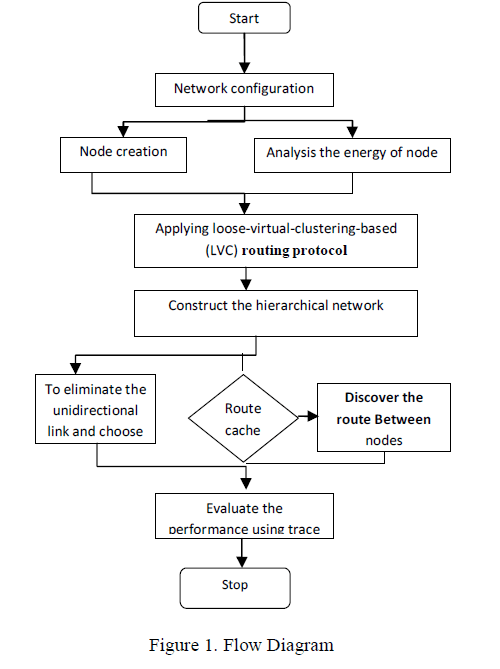 |
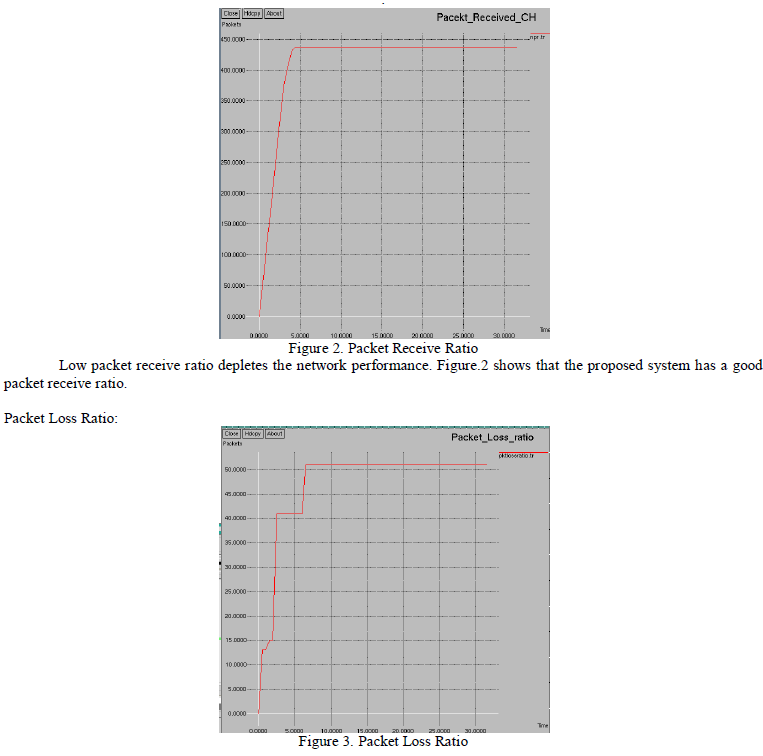 |
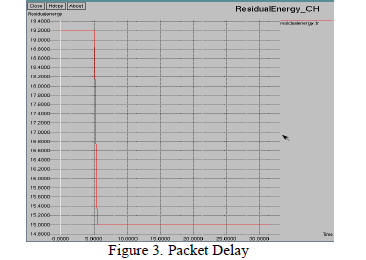 |
 |
| Figure 1 |
Figure 2 |
Figure 3 |
Figure 4 |
|
 |
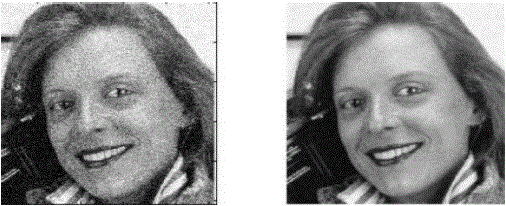 |
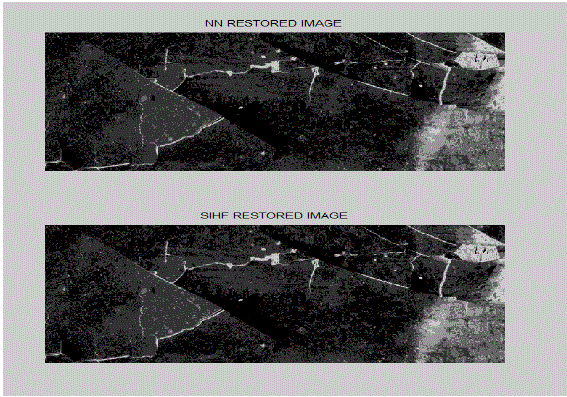 |
| Figure 5 |
Figure 6 |
Figure 7 |
|
References |
- PritiAggarwal, Harish Kundra,âÃâ¬Ã Image Restoration Using Intelligent Water DropsâÃâ¬ÃÂInternational Journal of Advances in Computer Science and CommunicationEngineering (IJACSCE) Vol I Issue I, November 2013 .
- AsokeNath, Image Denoising Algorithms: A Comparative study of Different Filtration approaches used in image restoration , IEEE, International Conferenceon Communication Systems and Network Technologies, 2013.
- Muthukumar,SP.Pasupathi, S.Deepa, Dr. N Krishnan, An efficient Colour Image Denoising method for Gaussian and Impulsive Noises with blur removal ,IEEE,2010.
- Shabnam Sultana, M.Varun Kumar, N.Asha, Comparison of Image Restoration and Denoising Techniques , International Journal of Advanced Research inComputer Science and Software Engineering, Volume 3, Issue 11, November 2013, pp: 337-341.
- RohitVerma, Dr.Jahid Ali, A Comparative Study of Various Types of Image Noise and Efficient Noise Removal Techniques , International Journal ofAdvanced Research in Computer Science and Software Engineering, Volume 3, Issue 10, October 2013, pp: 617-622.
- MedhaviAggarwal, RanjitKaur and BeantKaur , A Review of Denoising Filters in Image Restoration , International Journal of Current Research And AcademicReview, ISSN: 2347-3215 Volume 2 Number 3 (2014) pp. 83-89
- RubaSoundarKathavarayan, MurugesanKaruppasamy âÃâ¬ÃÅPreserving Global and Local Features for Robust Face Recognition under VariousNoisyEnvironments"International Journal of Image Processing (IJIP) Volume(3), Issue(6) pp-328-340
- Harish Kundra, Monika Verma&Aashima, Filter for Removal of Impulse Noise by Using Fuzzy Logic , International Journal of Image Processing (IJIP)Volume(3),Issue(5),pp:195-202
- T. Santhanam and S. Radhika, A Novel Approach to Classify Noises in Images Using Artificial Neural Network 1", 2010,Journal of Computer Science 6 (5): 506-510,2010 ISSN 1549-3636
- XudongLv and Z. JaneWang, An Extended Image Hashing Concept: Content-Based Fingerprinting Using FJLT, EURASIP Journal on Information Security, volume2009 Article ID 859859, 16 pages doi:10.1155/2009/859859
- Xin Cindy Guo and DimitriosHatzinakos,Image Authentication Using Added Signal-Dependent Noise, Research Letters in Signal Processing Volume 2007, ArticleID 47549, 5 pages doi:10.1155/2007/47549
- Jagadish H. Pujar, Kiran S. Kunnur, A Novel Approach For Image Restoration Via Nearest Neighbour Method, Journal of Theoretical and Applied InformationTechnology,2010.
- Zhengwu Zhang, Eric Klassen, and AnujSrivastava,âÃâ¬Ã Gaussian Blurring-Invariant Comparison of Signals and ImagesâÃâ¬Ã Proceedings of the IEEE Transaction On Image Processing, VOL.22, NO.8, August 2013.
- Ryotaro Nakamura, Yasue Mitsukura, Nozomu Hamada ,âÃâ¬Ã Iterative PCA approach for blind restoration of single blurred imageâÃâ¬Ã VOL 18 ,2013
- Yi Zhang , KeigoHirakawa,âÃâ¬Ã Blur Processing Using Double Discrete Wavelet TransformâÃâ¬ÃÂIEEE Conference on Computer Vision and Pattern Recognition, 2013.
- Igor Stojanovic, PredragStanimirovic and Marko Miladinovic ,âÃâ¬ÃÂApplying The Algorithm Of Lagrange Multipliers In Digital Image RestorationâÃâ¬Ã FactaUniversitatis(Ni Ãâ÷S) Ser. Math. Inform. Vol. 27, No 1 (2012), 41-54.
- Zohair Al-Ameen, GhazaliSulong, Md. Gapar Md. Johar ,âÃâ¬Ã A Comprehensive Study on Fast image Deblurring Techniques âÃâ¬Ãâ¢Ã¢Ãâ¬Ã⢠International Journal of Advanced Science and Technology Vol. 44, July, 2012.
- Zohair Al-Ameen, GhazaliSulong, Md. Gapar Md. Johar,âÃâ¬Ã Employing a Suitable Contrast Enhancement Technique as a Pre-Restoration Adjustment Phase forComputed Tomography Medical ImagesâÃâ¬Ã Proceeding Of International Journal of Bio-Science and Bio-Technology Vol. 5, No. 1, February, 2013
|
| BIOGRAPHY |
| Archana is an M.Tech student in the Computer Science Department, Swami Devi Dyal Institute Of Engineering and
Technology, Barwala, Kurukshetra University. She received B.Tech degree in 2012 from PTU, Jalandhar. Her area of
interests is Image Processing. |
| Sheenam is an Assistant Professor in Swami Devi Dyal Institute Of Engineering and Technology, Barwala. Her area of
interest is Image Processing. |
| Amit Chabara is Head Of Computer Science Department, Swami Devi Dyal Institute Of Engineering and Technology,
Barwala. His area of interest is computer networks. |